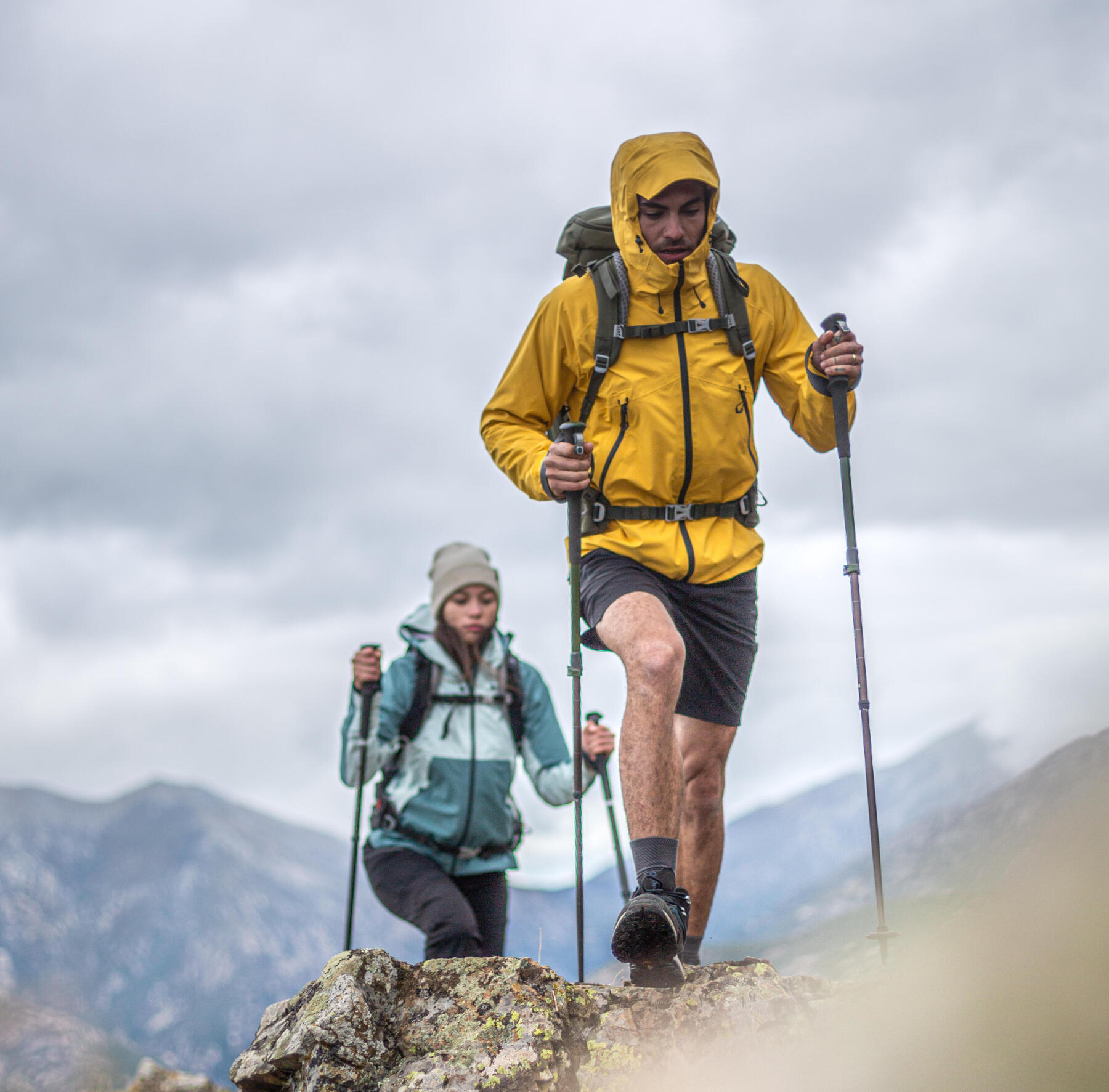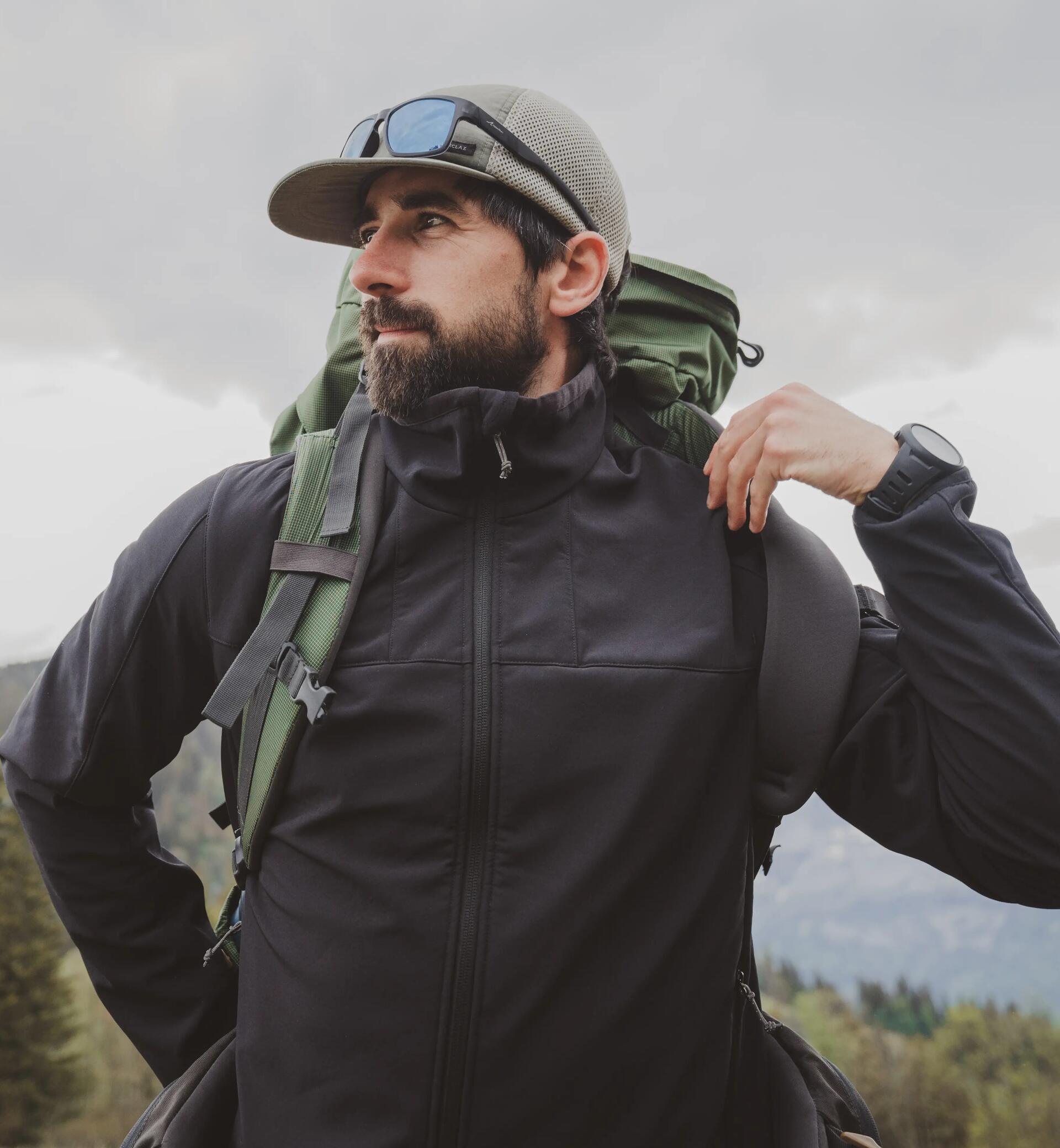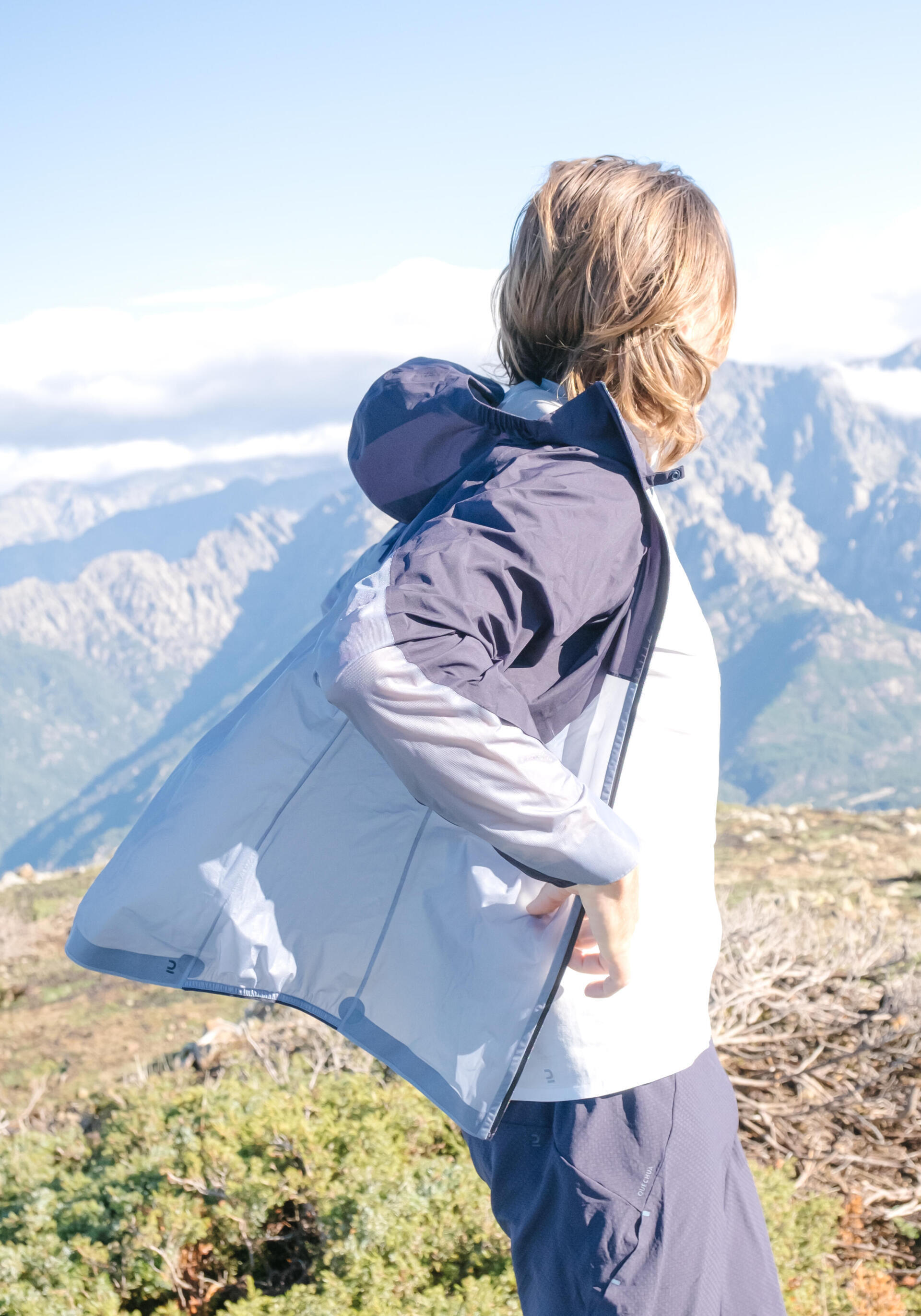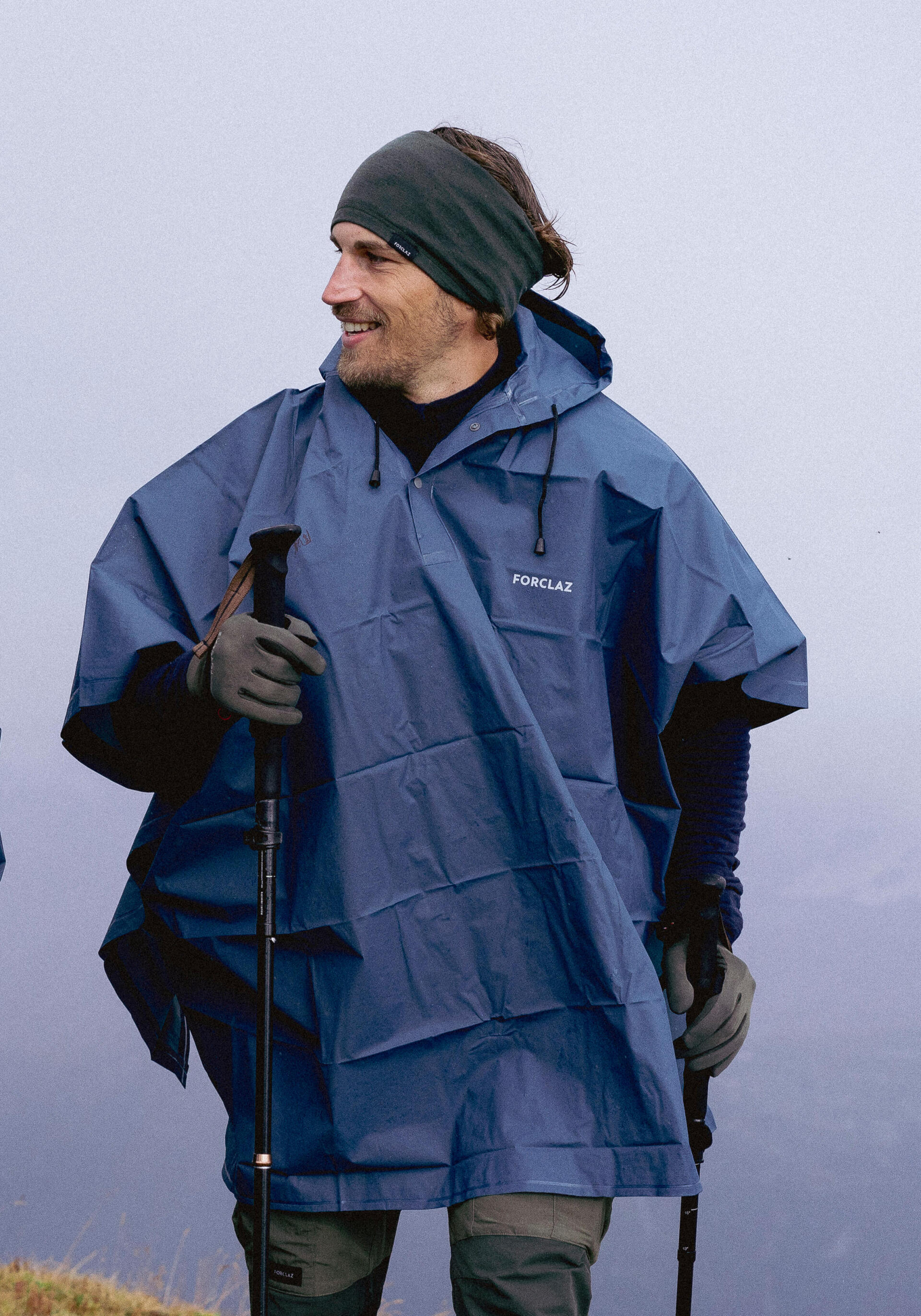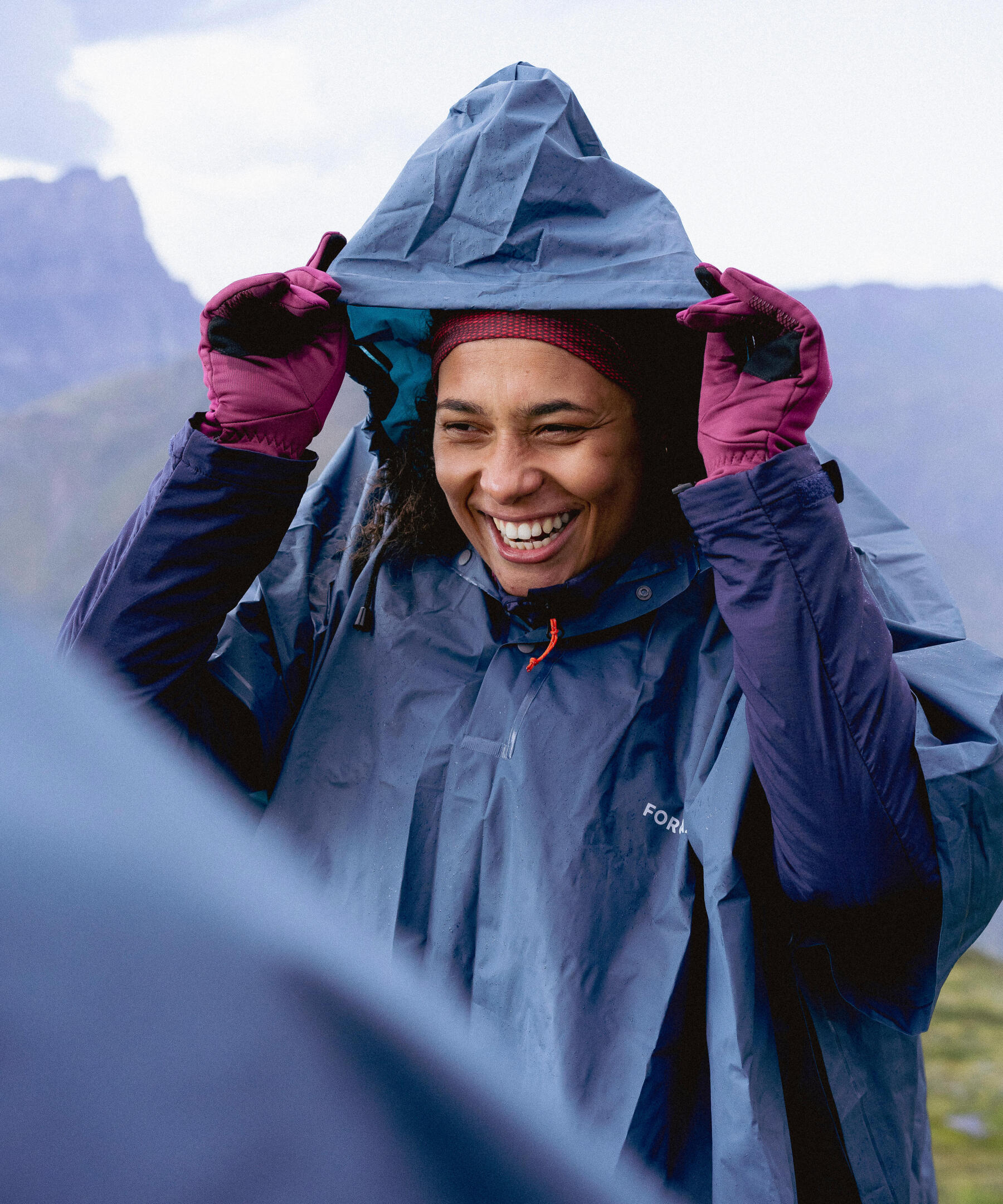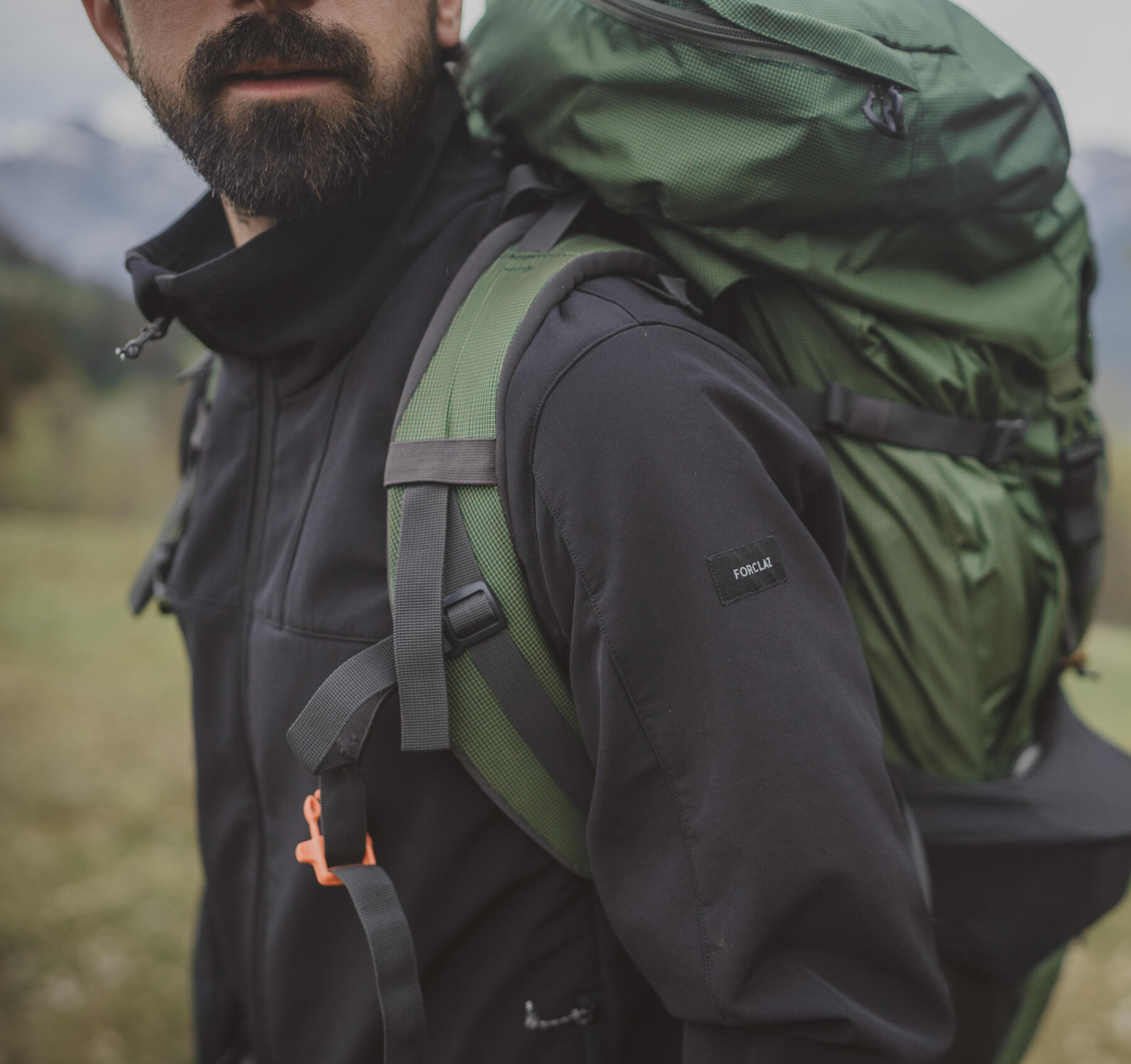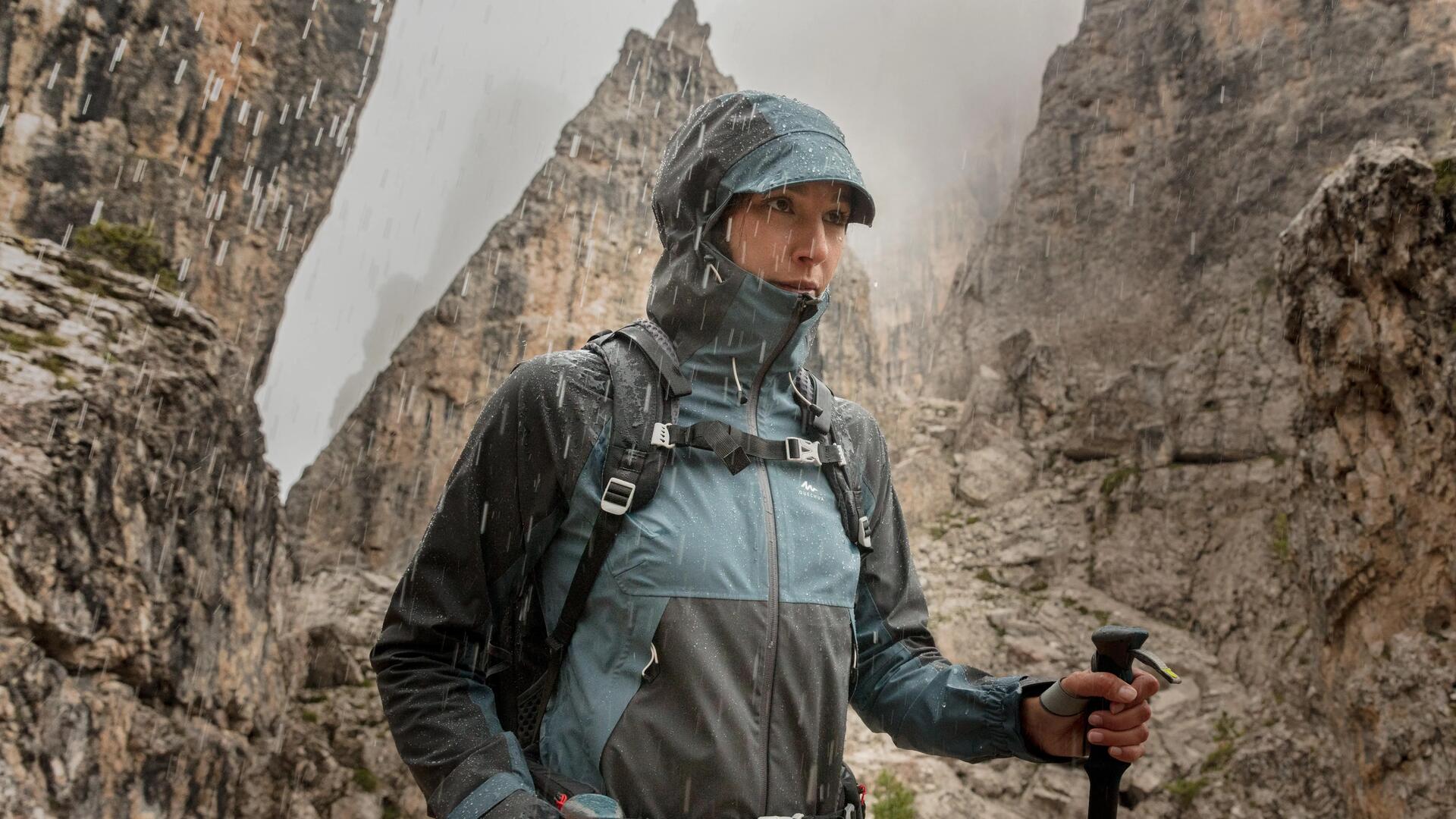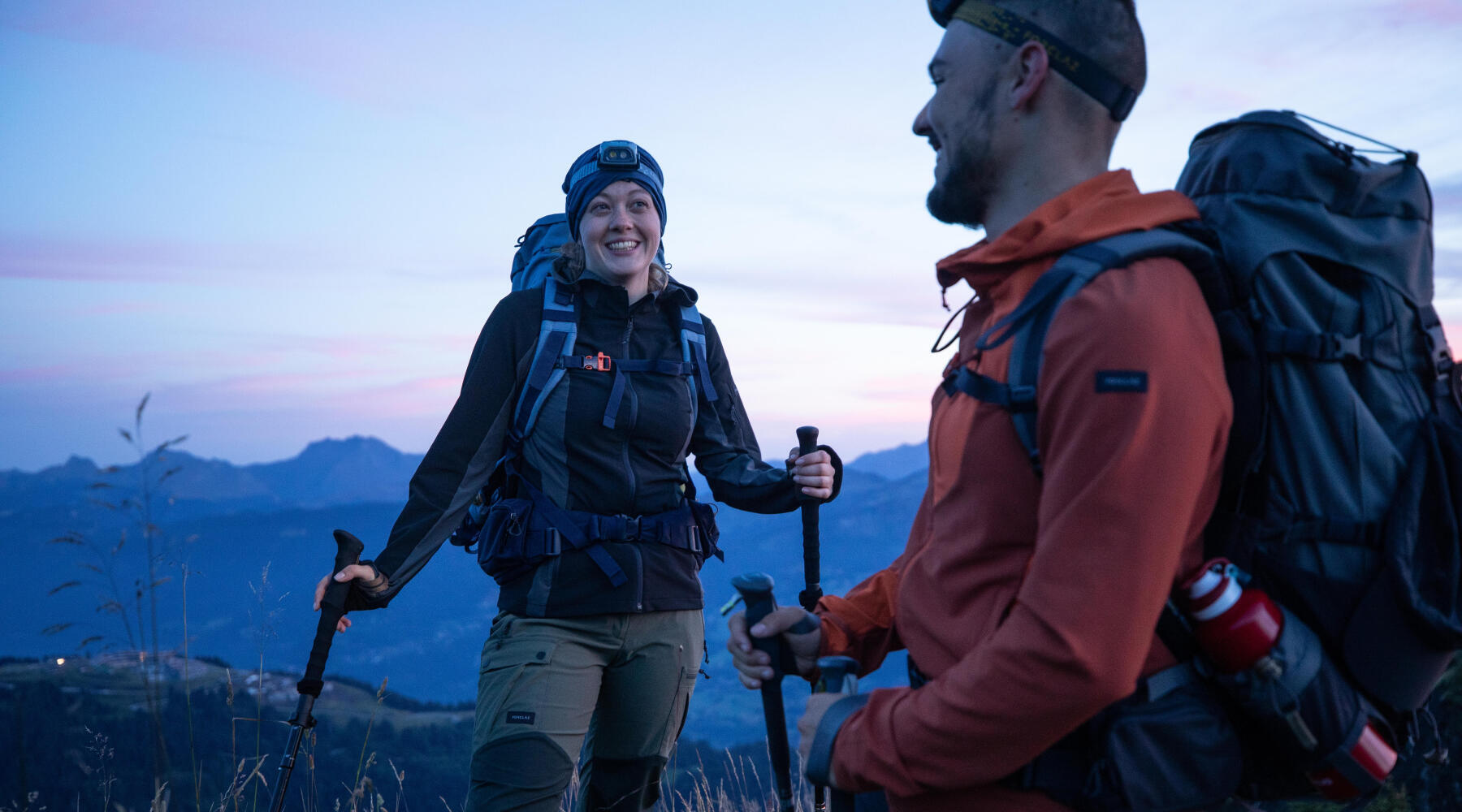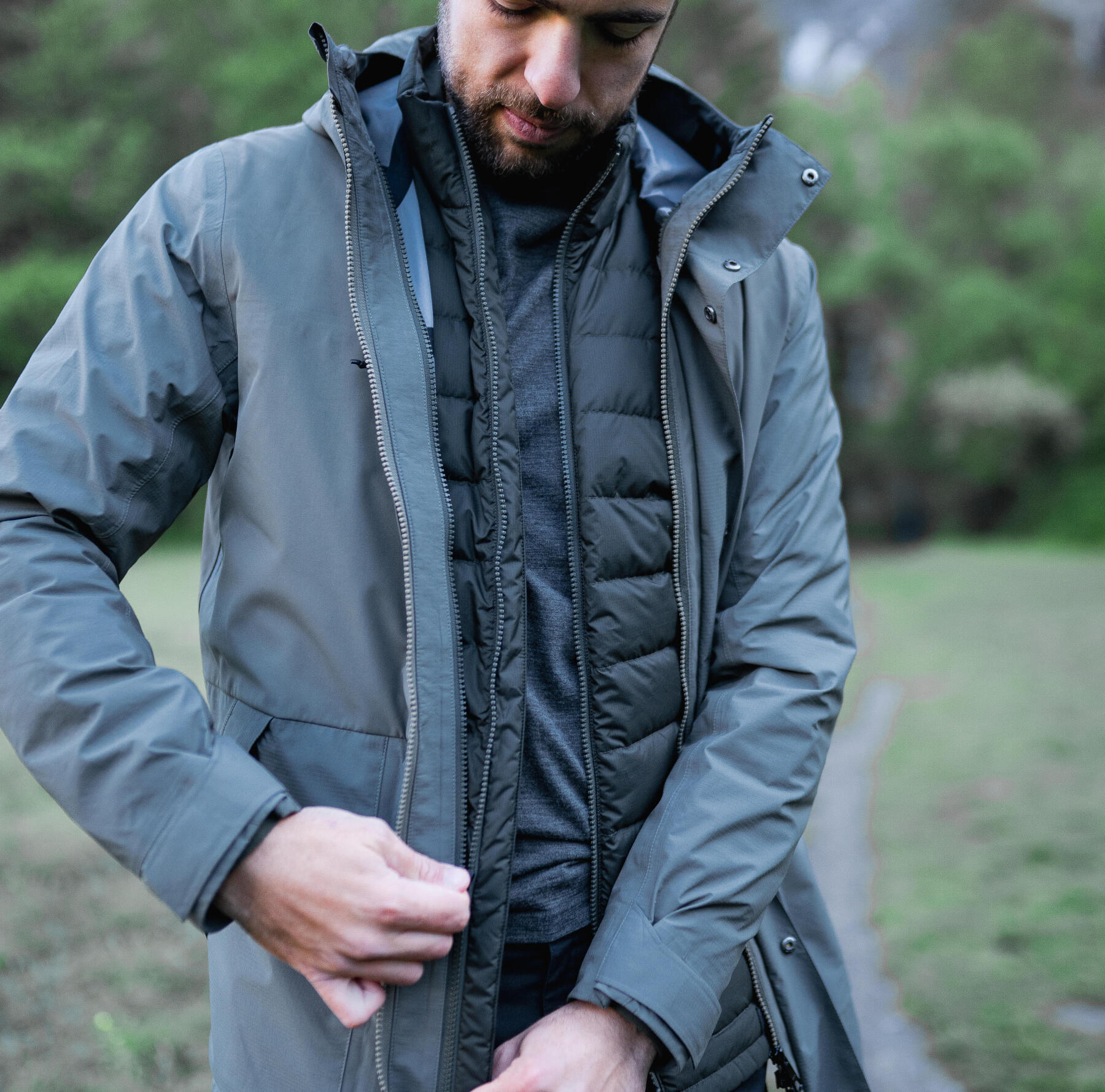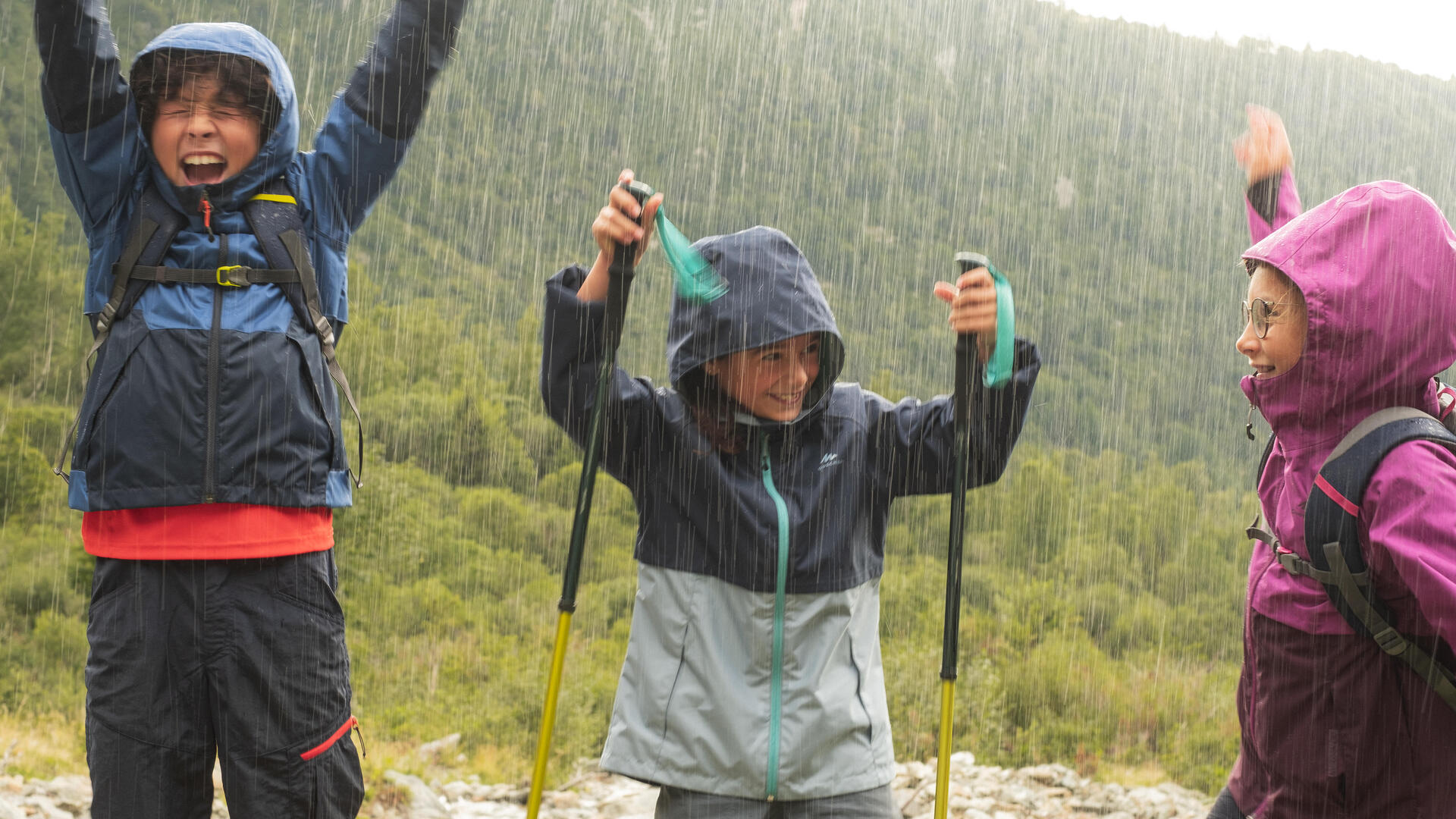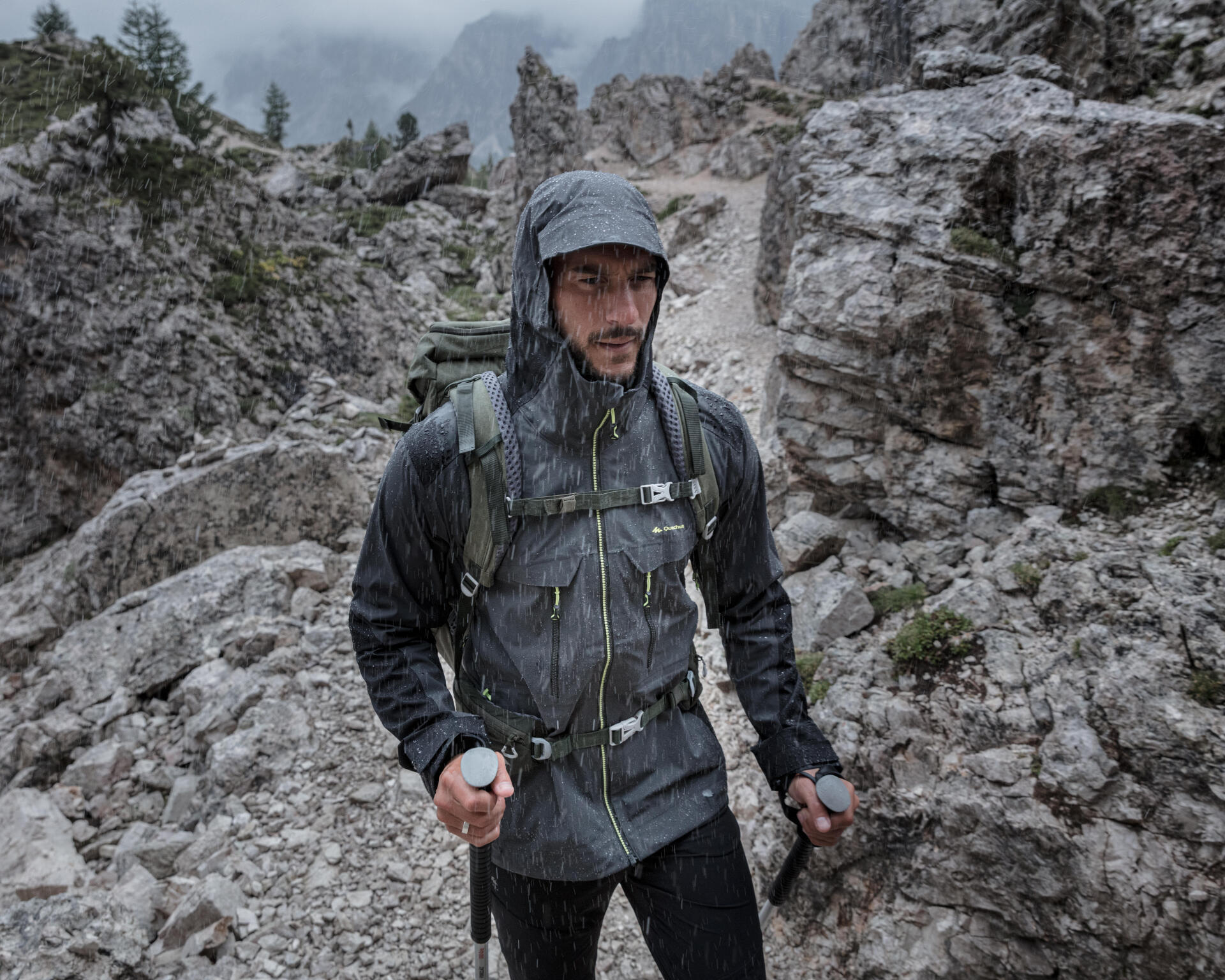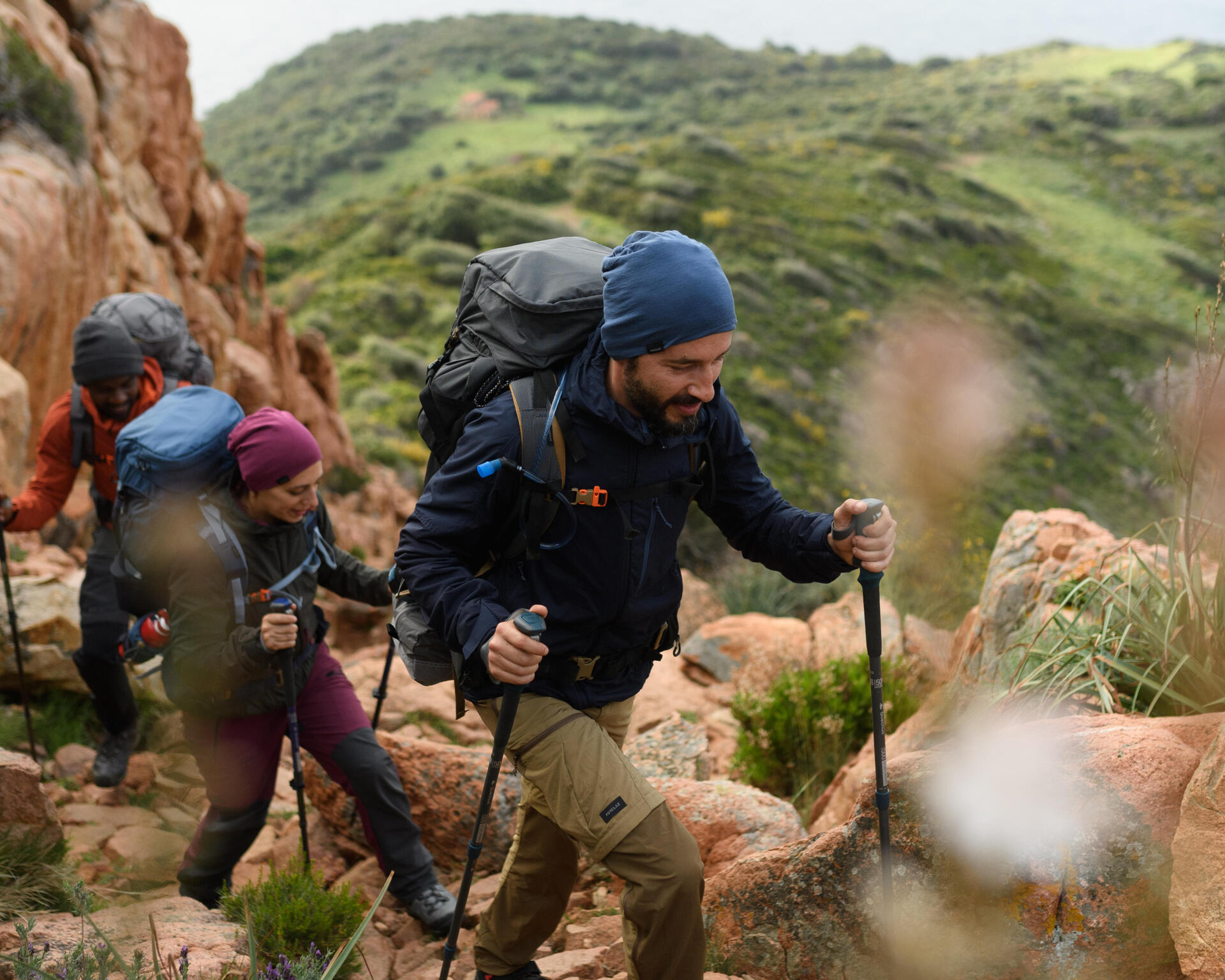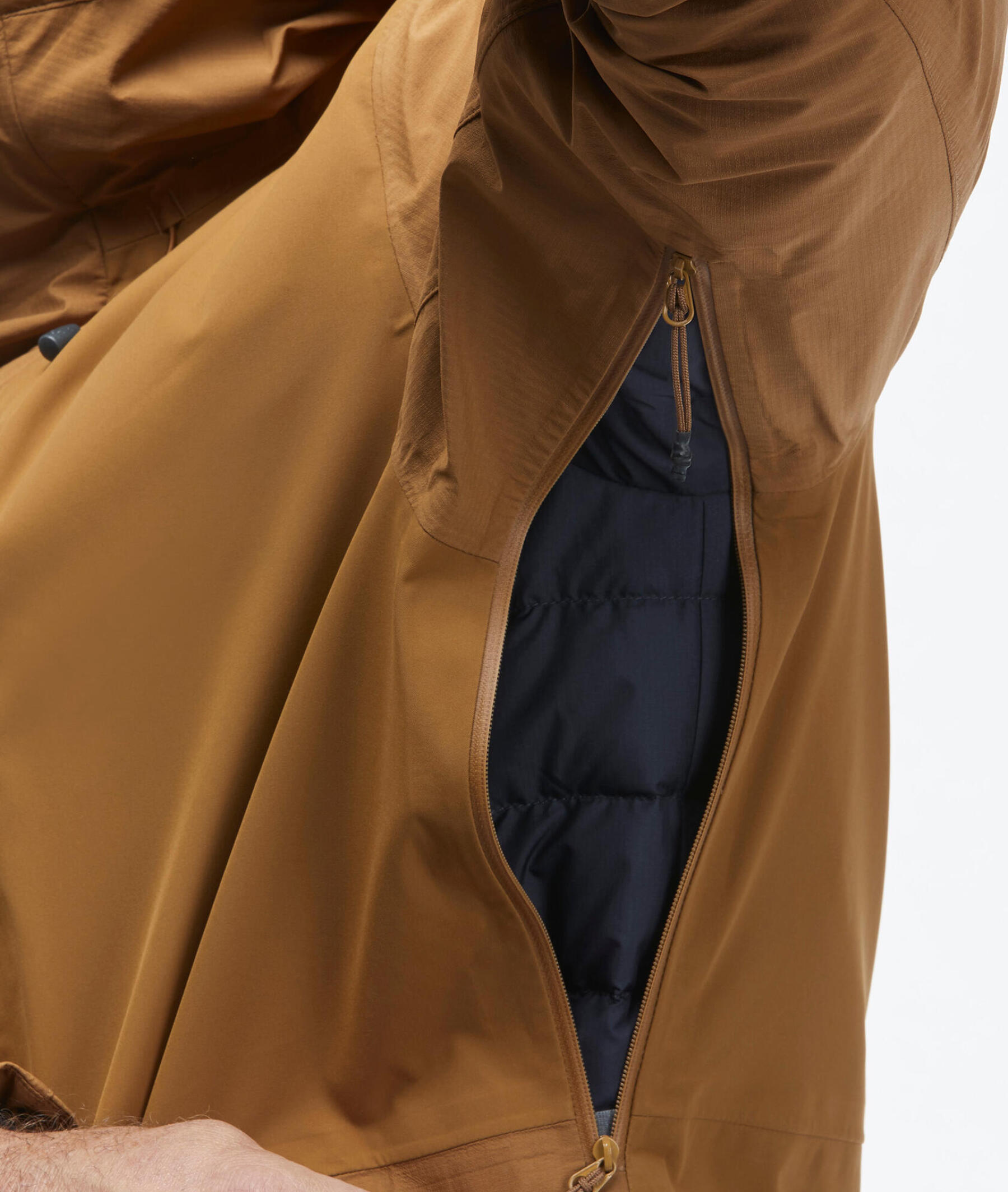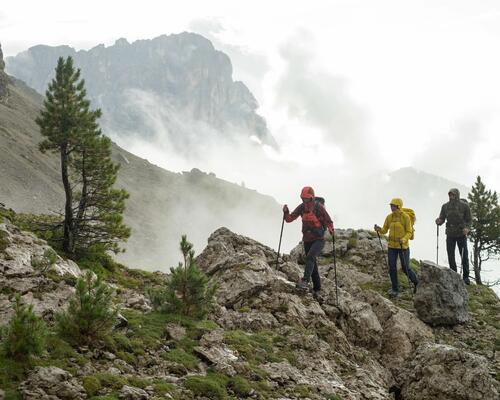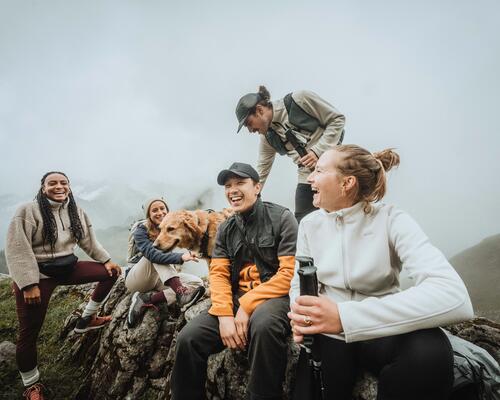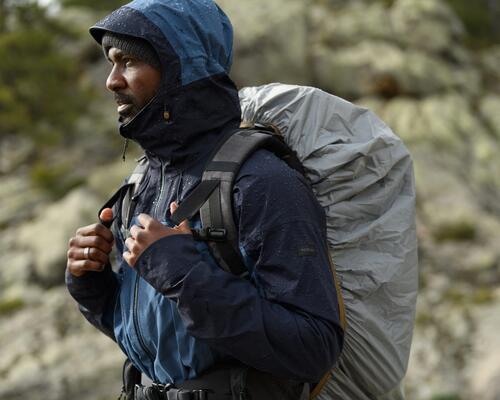The region and the season can also impact the protection level that you'll need. Whatever it is, the weather will be a defining factor when choosing your hiking jacket.
So, what if the weather is mild when you set off? All you need is a rain jacket, which you can slip into your rucksack before setting off... In this case, no need to look at the more technical jackets. Clothing that will guarantee protection from rain shows will be more than enough. However, make sure you always have one with you, because you never know when a rain shower is going to creep up on you! Especially if you're taking on mountains!
On the contrary, if you're a hardened hiker and long hikes in the middle of winter don't scare you: you're going to need a jacket with more protection. Not to mention a jacket that is more compact and more lightweight (so that you can easily carry it with you).
So, what if the weather conditions are looking pretty chaotic? In this case, choose a jacket with a high level of waterproofing and warmth. Just what you need to take on storms and heavy rain, even halfway up a mountain.
Note that for each jacket, the waterproofness is rated on a scale from 1 to 5. These scores result from technical laboratory tests, the higher the score, the more waterproof the jacket (this rating is available on the technical information sheet for each jacket).

